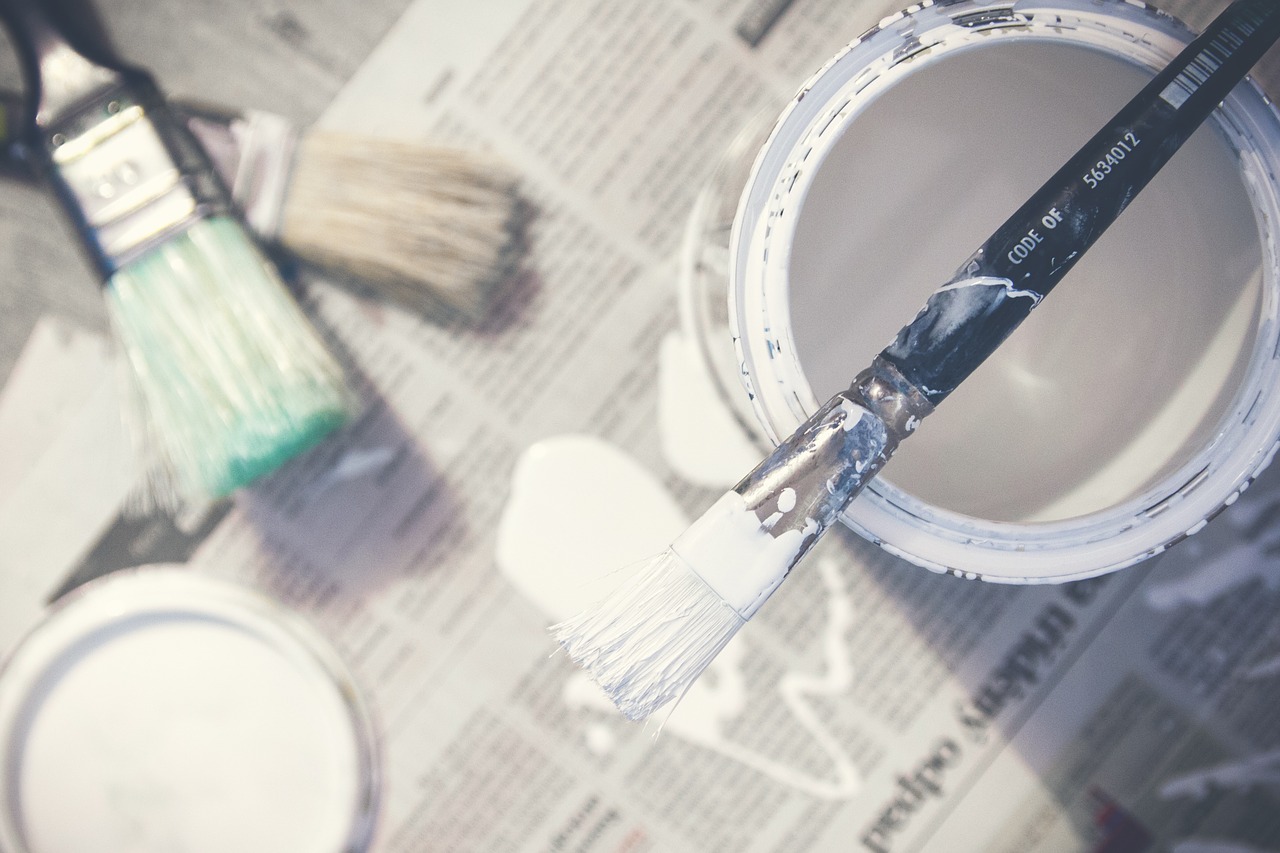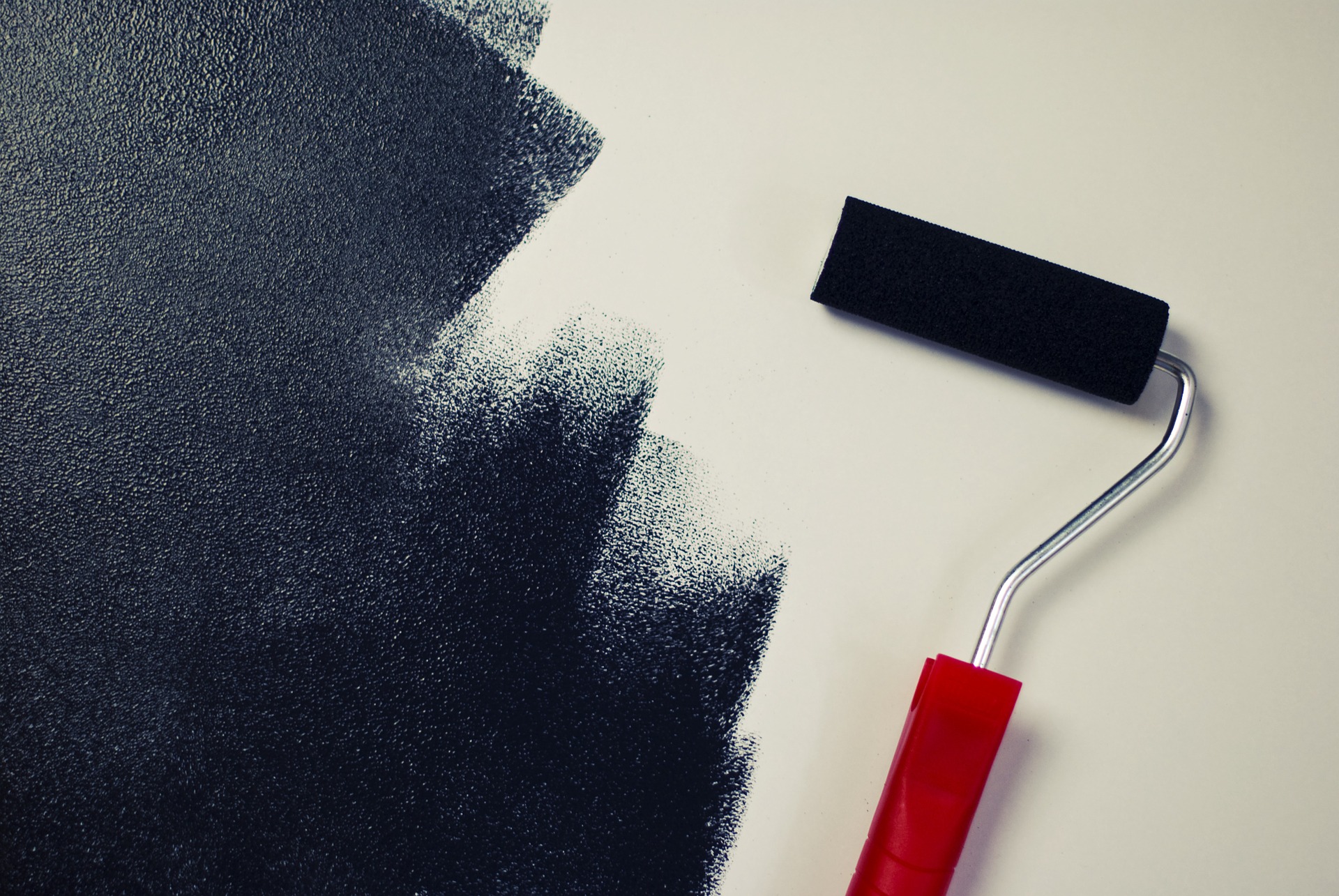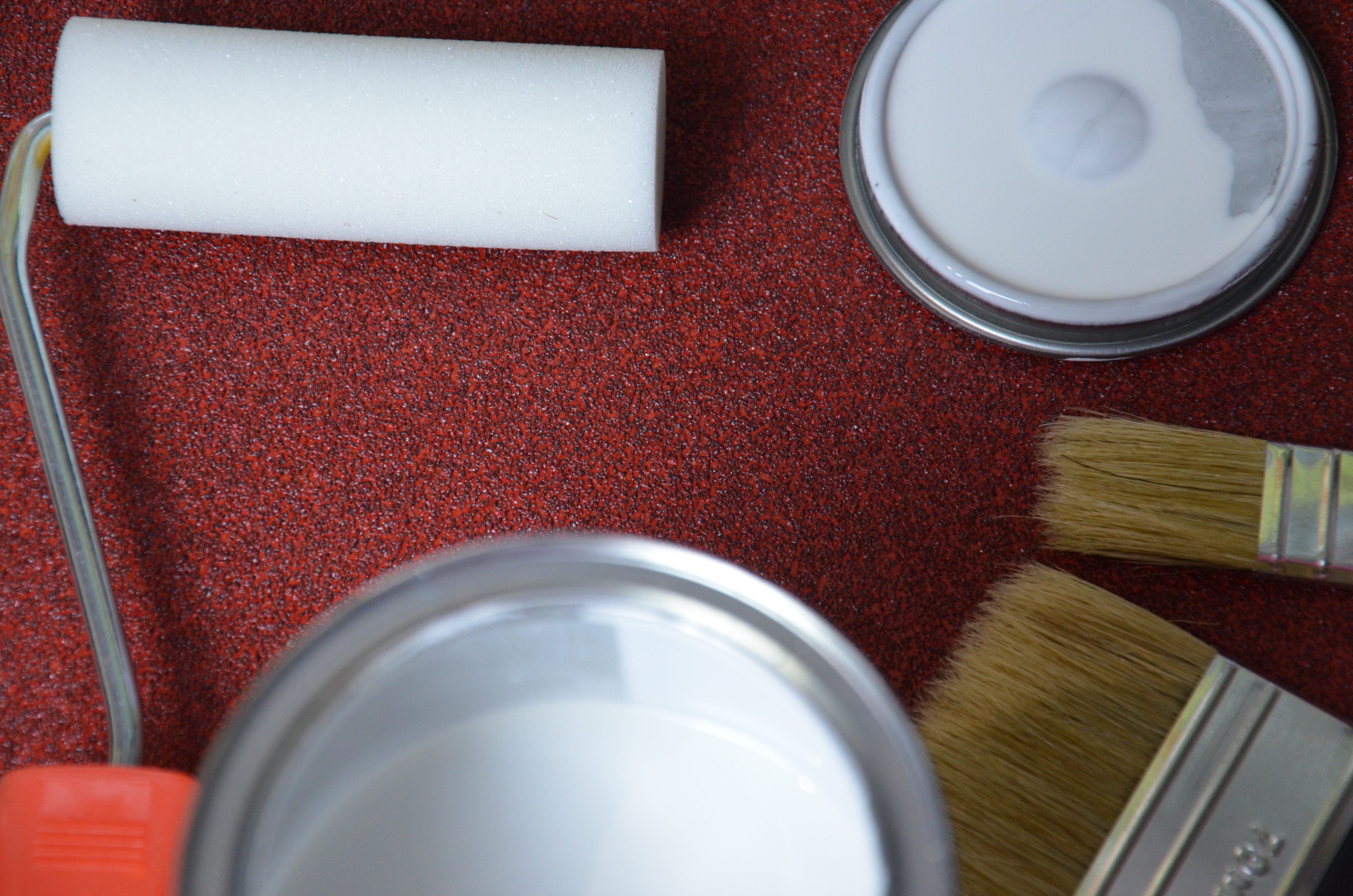
How to Remove Wallpaper Without Damaging Walls
By Mack.Painters | Painter , Painting

If you’re like many people who buy a home, you have more than a few ideas on what to do with the paint colors inside – and the smart choice is usually to work with a professional painter in Pinehurst who can tackle the job for you.
But if the house has wallpaper and you’re doing a DIY job, where do you start?
(Find out how to choose the right color for an accent wall here.)
How to Remove Wallpaper Without Damaging Walls
The method you choose to take down wallpaper will depend on the type of product. You can strip some wallpapers dry, but for others, you’ll have to use a special solution. You can use a steamer, but it takes a long time; it’s also fairly dangerous, so it’s best to leave to the professionals if that’s the route you want to take.
To figure out whether you need a solution or you can strip it dry, test a small area of the wall (3 feet by 3 feet should suffice). If the wallpaper comes off easily without causing damage to the wall, you’re good to go – just be careful as you move forward. If not, you’ll have to spray a removal solution on the area and let it soak in. You might have to apply it several times before it begins to work, and if it’s not soaking through the wallpaper, use a scoring tool to punch small holes in it that let the solution get through to the backing.
Pro tip: Only use a scoring tool as a last resort, otherwise you run the risk of gouging the drywall beneath.
When the solution soaks through the wallpaper, you can peel it away. If you find another layer of wallpaper beneath it, ignore it for now – you should only take off one layer at a time. As you peel away the wallpaper, some of the sticky backing will stay behind. Scrape it off with a broad knife, but be careful that the edge of the knife doesn’t puncture the drywall.
Once you’ve removed all the wallpaper, spray the wall again with the removal solution. Wipe it clean and scrape off any remaining backing, then let the wall dry for a few days before you do anything else to it.
Your best bet? Saving this job for the pros. When you work with a professional painting company, you get guaranteed work – and you don’t have to spend your time and energy peeling away old, outdated wallpaper. Besides, the pros you hire can come right back when the walls are dry to freshen things up with a new coat of paint.
Do You Need to Talk to a Painting Pro in Pinehurst or Aberdeen?
We can help you create the perfect space by removing old wallpaper and putting up a fresh coat of paint – just call us at 910-725-3227 or get in touch with us online. We’ll be happy to answer your questions and give you a free painting estimate for any of our services.








